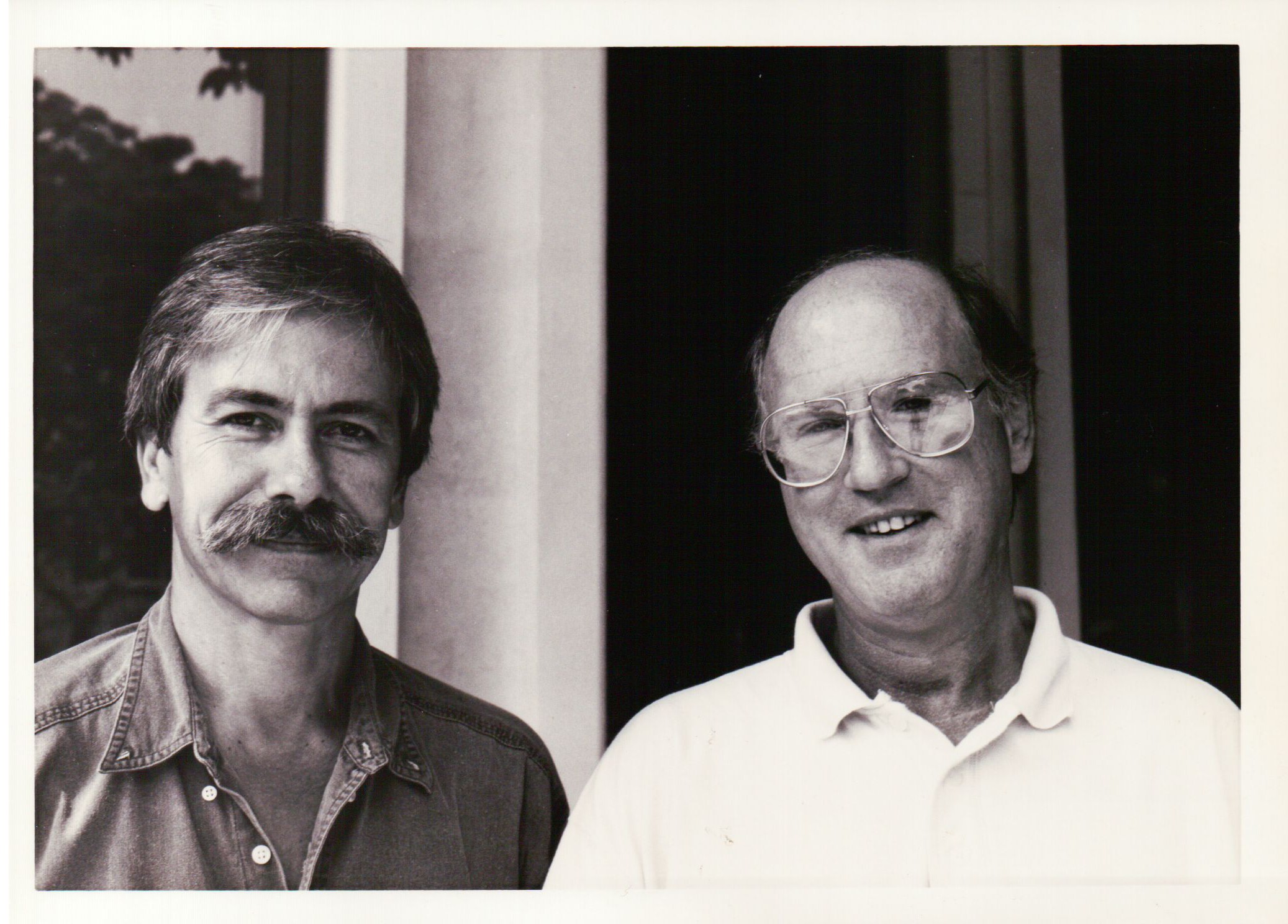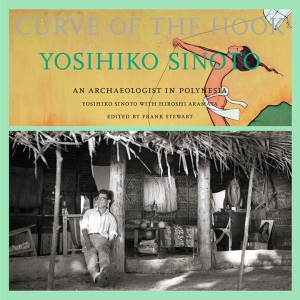In late June, the team behind the MĀNOA journal won the Ka Palapala Po‘okela Award for Excellence in Nonfiction for its book-length special project, Curve of the Hook: An Archaeologist in Polynesia, from the Hawai‘i Book Publishers Association. Curve of the Hook features the life of Dr. Yosihiko Sinoto. The full-color volume was designed by Barbara Pope Book Design and translated by Madoka Nagadō and MĀNOA editor Frank Stewart.
MĀNOA began here in the Mānoa Valley, where the University of Hawai‘i is situated, nearly 30 years ago. Dedicated to storytelling in all forms, MĀNOA frequently crosses the boundary between journal and book. Below, editor Frank Stewart details how MĀNOA began, the importance of place, and the narratives that connect us all.
You founded the journal with Robert Shapard. Can you share with us MĀNOA’s origin story?
In 1987, University of Hawai‘i President Albert Simone wanted to expand the number of journals published by the University of Hawai‘i Press. He offered five-year start-up funds to three prospective journals and invited proposals. My colleague, Robbie Shapard, and I submitted an outline for MĀNOA: A Pacific Journal of International Writing. The two of us saw that there was no journal anywhere that focused on contemporary literary writing exclusively from Asia, the Pacific, and the Americas, and we felt that such a journal could best be produced at the University of Hawai‘i. Our proposal was approved, and we published the first issue of MĀNOA in fall 1989. Barbara Pope signed on as art editor. Howard Goldblatt was our first guest editor, contributing a feature on new Chinese fiction. UH Press Production typeset it, and Journals contracted the printing.
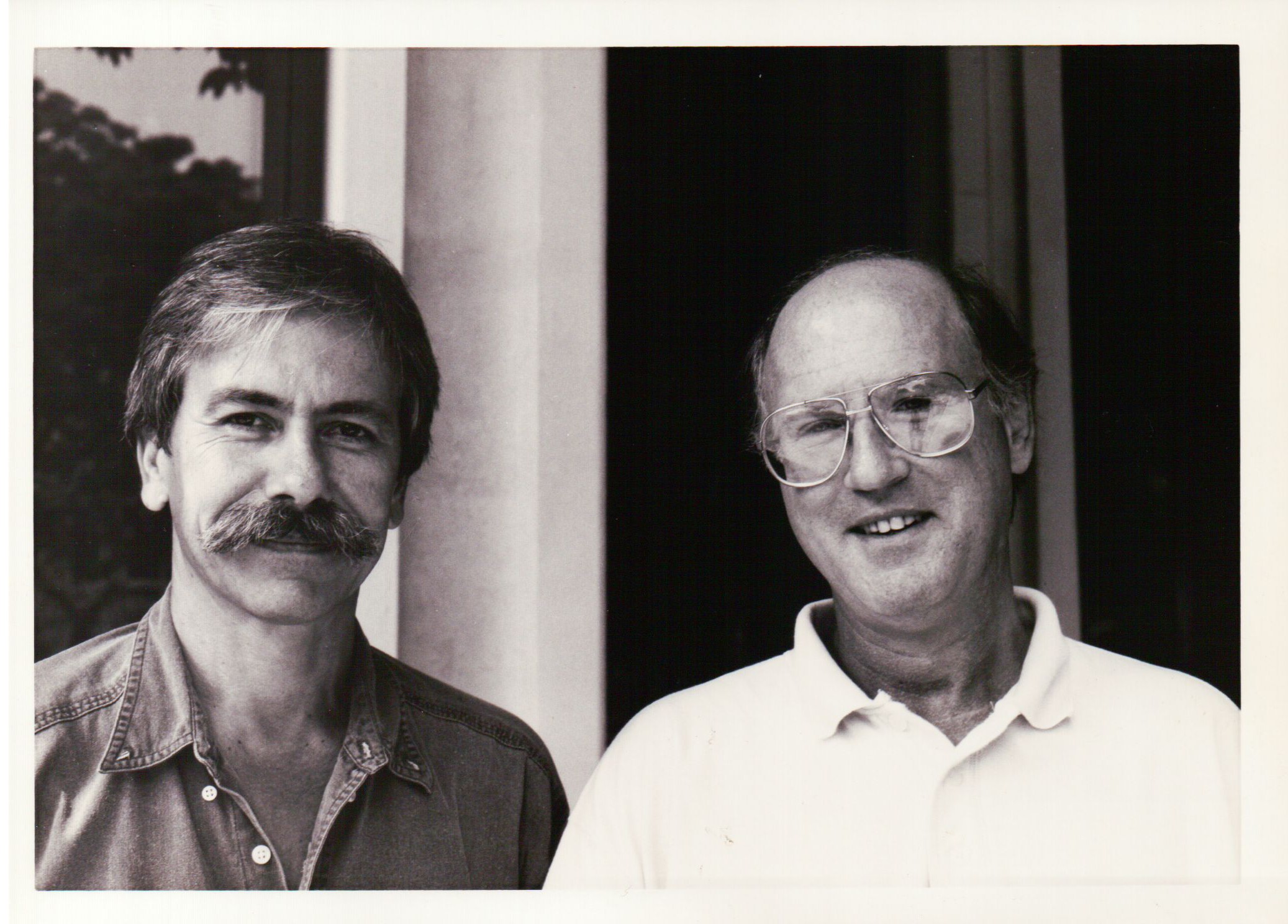
MĀNOA’s subtitle is “A Pacific Journal of International Writing.” What role does place play in MĀNOA?
The subtitle is important. It makes clear that MĀNOA is published in the Pacific. Our editorial perspective is distinctive to Hawai‘i; our home is the Pacific hemisphere. In Honolulu, we are closer to Tokyo and Auckland than to New York. This means that neither Asia nor Oceania is exotic to us, and so we don’t treat writing from there as strange and mysterious. We chose to put “writing” in the subtitle rather than “literature” because we publish work that isn’t limited to what is conventionally meant by that term: we include, for example, chants, rap lyrics, oratory, graphic narratives, and film scripts. We are “international” in that we don’t view writing as confined in regional cages; we want to present writing from everywhere as belonging to the world as a whole.
Every issue of MĀNOA features visual art alongside prose and poetry. Why do you think it’s important, and how do you pair artists?
Visual art is a powerful form of narrative. Juxtaposed with writing, art quickens the imagination and intensifies both the word and image. We are concerned primarily with storytelling, and the visual art in MĀNOA tells its own narrative—rather than simply illustrating the writing—and makes its own statements about people, culture, history, and other elements in each issue.
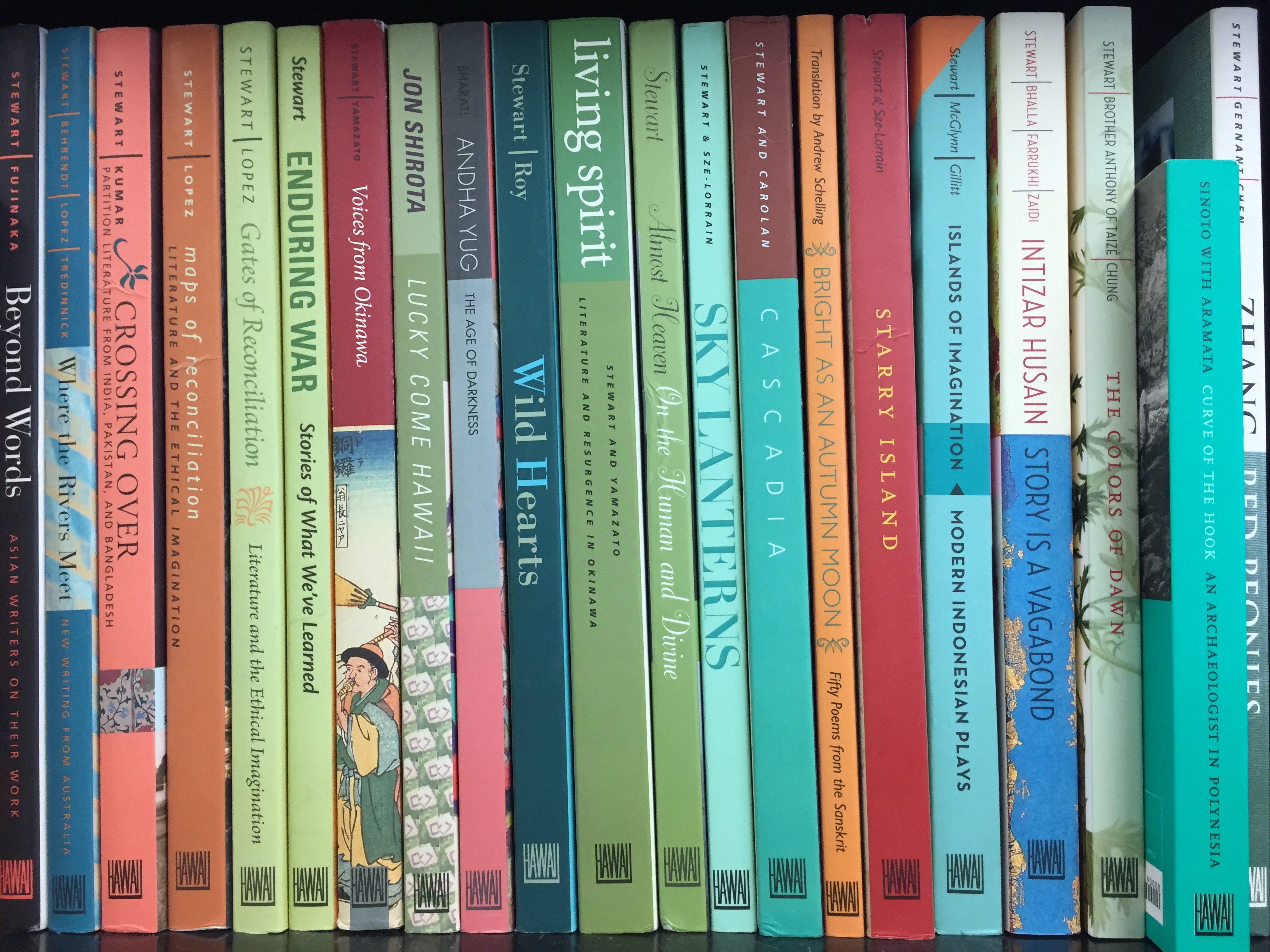
In your field, what issues or questions are particularly relevant now? How is MĀNOA part of that conversation?
In 2017, we no longer have to persuade people that knowing individuals who are seemingly different from ourselves is good and necessary if we are going to live together ethically on the same planet. The best writing expands and deepens our sense of familiarity and kindredness. Those are the kinds of stories we want to publish—often in new translations—whether they’re from Pakistan, Mongolia, Tibet, Indonesia, or the Philippines. And we’re particularly aware that indigenous works from Hawai‘i, New Zealand, Papua New Guinea, French Polynesia, and other Pacific Islands are sorely underrepresented in English-language publishing. We want to help change that.
Is there an issue that you’re particularly proud of?
Our summer 2016 special project, Curve of the Hook: An Archaeologist in Polynesia, presents the life and work of Dr. Yosihiko Sinoto, who changed the way the world regards Polynesia and Polynesians. His story not only links people and cultures across the entire Pacific, but also shows that relationships of outsiders with island peoples need to be ethical and to respect their sacred sites, beliefs, and languages. His life story inspires us to look below the surface and over the horizon—something every project of MĀNOA attempts to do. Our winter 2016 issue, Red Peonies, presents two novellas by Zhang Yihe, a Chinese woman imprisoned during the Cultural Revolution. Now in her seventies, Zhang Yihe advocates for freedom of expression in the PRC.
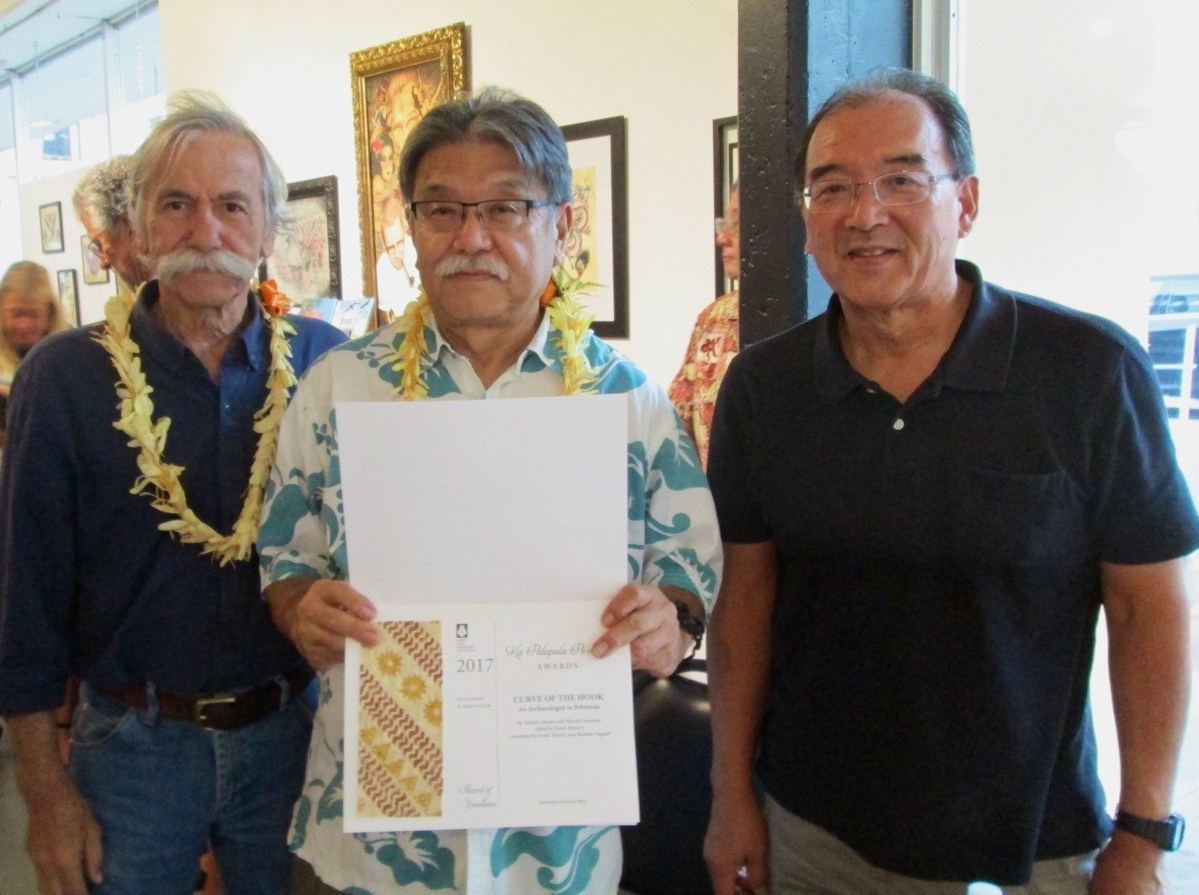
MĀNOA recently received a $10,000 grant from the NEA. How does this help sustain MĀNOA and what can readers look forward to?
The University stopped underwriting the new journals after three years instead of five. So since 1991, MĀNOA has survived because of its staff’s efforts to attract funds from sources such as the NEA. Grants sustain us one year at a time, but after nearly thirty years, we are optimistic. We’re looking forward in the next few years to publishing powerful new work from Cambodia, Burma, Brazil, and from minority poets in China writing about the natural environment. Every issue is an adventure.
 About the Journal
About the Journal
MĀNOA is a unique, award-winning literary journal that includes American and international fiction, poetry, artwork, and essays of current cultural or literary interest. Beautifully produced, MĀNOA presents traditional alongside contemporary writings from the entire Pacific Rim, one of the world’s most dynamic literary regions.
Purchase & Subscribe
Purchase a copy of Curve of the Hook here.
MĀNOA subscriptions for both individuals and institutions are available here.





